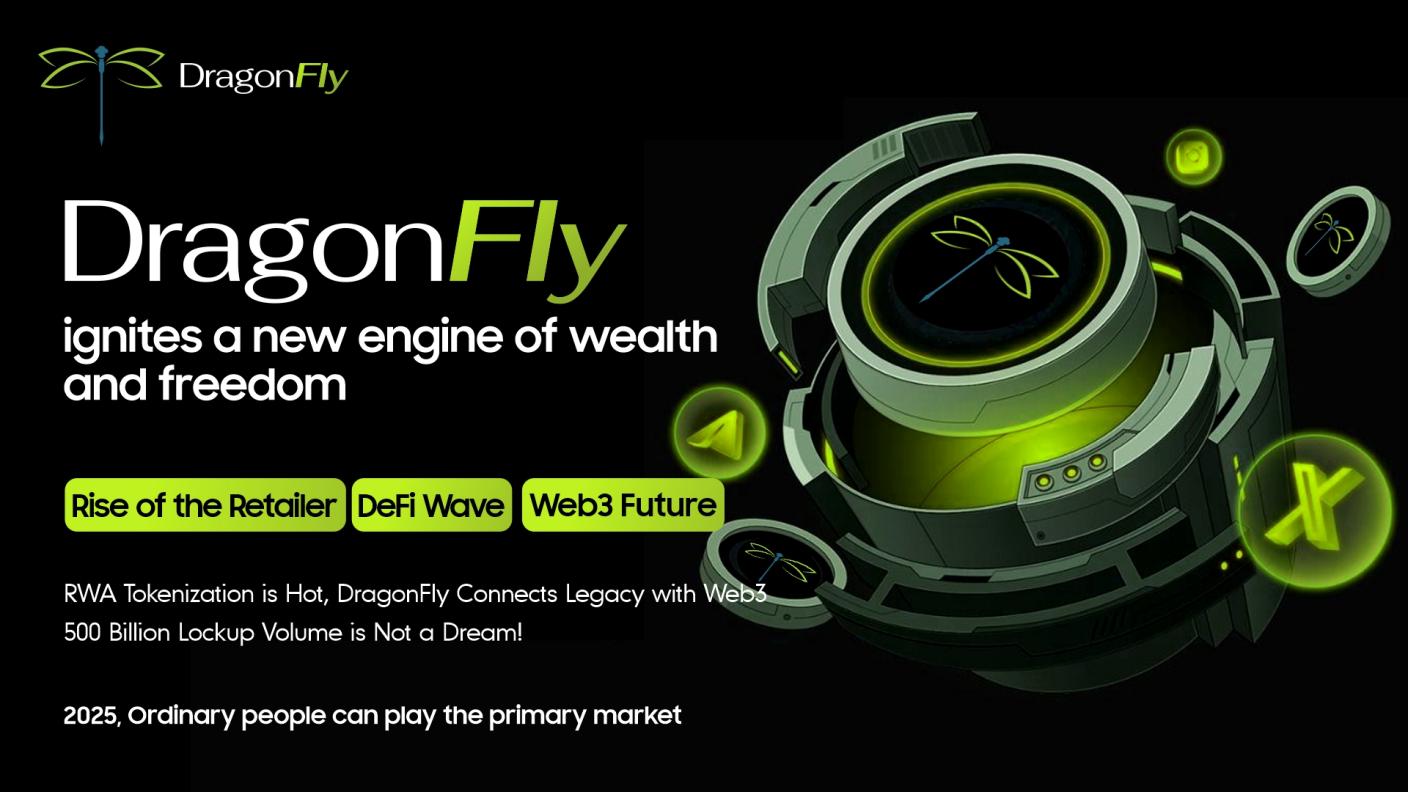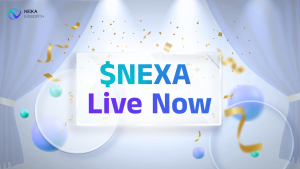Executive Summary

Dragonfly is a TRON-based DeFi platform designed to grant retail users access to early-stage project investments, typically reserved for VCs. Purportedly leveraging Dragonfly Capital’s deal flow, it uses DeFi mechanisms (staking, savings, lending) to aggregate funds and distribute private investment exposure via its native DGFY token. The core idea is to lower entry barriers to private markets using DGFY as an incentive and claim on future returns. While innovative in addressing a market gap, Dragonfly carries significant risks related to DeFi yields, security, regulation, execution, and the unverified sustainability of high APYs and its connection to Dragonfly Capital.
1. Introduction & Market Context
The rise of blockchain and DeFi presents opportunities to reshape finance. While markets like blockchain ($123B+ by 2025) and DeFi ($337B+ by 2030) show immense potential, traditional finance struggles with high barriers, inefficiency, and opacity, particularly limiting retail access to private equity (<1% participation). Web3 and DeFi offer transparent, efficient alternatives. However, accessing early-stage deals remains difficult for individuals. Dragonfly aims to solve this by providing a DeFi gateway to private investment opportunities.
2. Project Overview
2.1 Dragonfly Introduction
Dragonfly is a decentralized investment platform on TRON (TRC20), integrating DeFi tools like Staking, Liquidity Mining, Savings, and Lending. Users deposit TRX/USDT, earn yield, and receive DGFY tokens. DGFY holdings grant proportional access to the platform’s private investment portfolio returns upon secondary market listing, aiming to bridge traditional capital and Web3.
2.2 Core Innovation
- Democratized Access: Offers fractional exposure to private deals via DGFY, lowering entry barriers.
- Incentive Alignment: DGFY token incentivizes participation and links user success to platform growth.
- DeFi Efficiency: Uses smart contracts for automated, transparent operations.
- Ecosystem Synergy: Creates potential benefits for retail investors, the platform (capital aggregation), and portfolio projects (community support).
2.3 Project Background & Dragonfly Capital Link
The platform claims to leverage deal flow from (dragonfly.xyz) (Dragonfly Capital). It purportedly participates in private rounds sourced via this connection and distributes returns to DGFY holders. Users earn DGFY via DeFi participation. Note: The exact nature of this relationship requires independent verification.
3. Problem & Solution Analysis
Dragonfly addresses key issues preventing retail participation in private equity:
- Problem: High Investment Thresholds. Solution: Aggregates funds via DeFi, offering fractional exposure through DGFY.
- Problem: Information Asymmetry. Solution: Platform performs due diligence; users gain exposure via DGFY without needing deep research.
- Problem: Illiquidity. Solution: Returns potentially distributed as liquid tokens upon secondary market listing.
- Problem: Regulatory Barriers. Solution: Utilizes DeFi mechanisms, potentially operating under different frameworks (subject to legal risks).
4. Technology Architecture
4.1 Blockchain Foundation: TRC20 (TRON)
Chosen for high performance (2000+ TPS), low costs, scalability, and compatibility with existing tools.
4.2 Smart Contracts
Automate core functions: Staking Mining (0.2% daily yield, flexible), Liquidity Mining (0.5%-1.8% daily yield, fixed terms), Savings (0.5%-0.8% daily yield + DGFY rewards, fixed terms), Lending (BTC/ETH collateral, 70% LTV, 1% daily interest, auto-liquidation), Yield Distribution, and future DAO Governance.
4.3 Security Measures
Includes planned third-party audits, multi-signature wallets, significant cold storage usage (>90%), real-time monitoring, and an intended insurance fund.
5. DeFi Features Deep Dive
- Staking Mining: Stake TRX/USDT, earn 0.2% daily (compounding APY ~107%), flexible withdrawal.
- Liquidity Mining: Stake TRX/USDT (single asset), fixed terms (10-365 days), earn 0.5%-1.8% daily (total return 5%-657%), principal + interest returned at term end.
- Savings with Interest: Deposit USDT/TRX, fixed terms (30-365 days), earn 0.5%-0.8% daily in deposit currency + 0.1%-0.25% equivalent in DGFY daily (withdrawable), principal returned at term end.
- Digital Lending: Collateralize BTC/ETH, borrow USDT/TRX (70% LTV), pay 1% daily interest (365% APR), auto-liquidation risk.
Note: Advertised yields, especially for Liquidity Mining and Lending, are exceptionally high and carry significant risk. Sustainability is questionable and depends on generating superior returns elsewhere.
6. Innovation & Competitive Advantage
- Unique Model: Democratizes private market access via DeFi.
- DGFY Integration: Aligns incentives and links yield to illiquid asset exposure.
- Bridging Role: Connects TradFi capital pools with Web3 opportunities.
- Dragonfly Capital Link (Potential): Significant advantage if verified.
- TRON Base: Low fees and high speed appeal.
- DeFi Suite: Multiple participation options.
7. Roadmap & Milestones (Condensed)
- 2025: Tech upgrades (multi-chain, ZKP), UX improvements, CEX listing, DAO governance, Layer 3 exploration.
- Beyond 2025: DeFi derivatives, smart portfolio tools, TradFi integration, cross-chain expansion (ETH, SOL), focus on ecosystem growth, sustainability, and global leadership through 2030.
The roadmap remains ambitious.
8. Conclusion & Investment Thesis
Dragonfly offers a high-risk, high-reward opportunity by aiming to democratize private equity through DeFi. Success hinges on execution, securing quality deals, robust security, and navigating regulatory challenges.
Potential Upsides: Niche market leadership, significant returns from private deals, strong DGFY incentives, TRON network efficiency.
Significant Risks: High execution/market/technical/regulatory risks, questionable yield sustainability, unverified Dragonfly Capital link. (Note: Risks are mentioned here as they are integral to the thesis, even though the dedicated section was removed)
Investment Thesis: A speculative venture for high-risk tolerant investors knowledgeable about DeFi. Success depends on team quality, verifiable deal flow, security, and regulatory adaptability. Thorough due diligence is essential.


